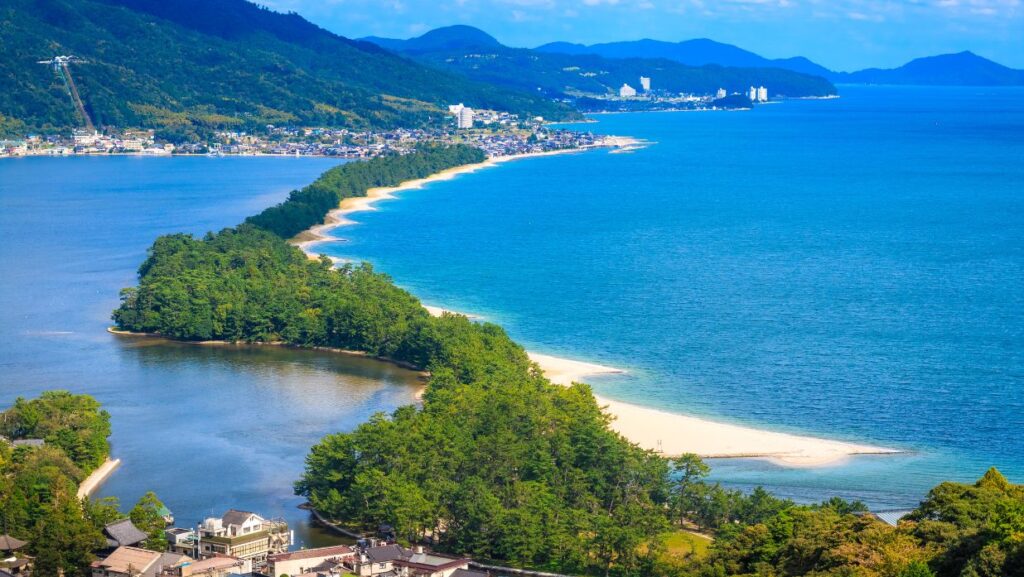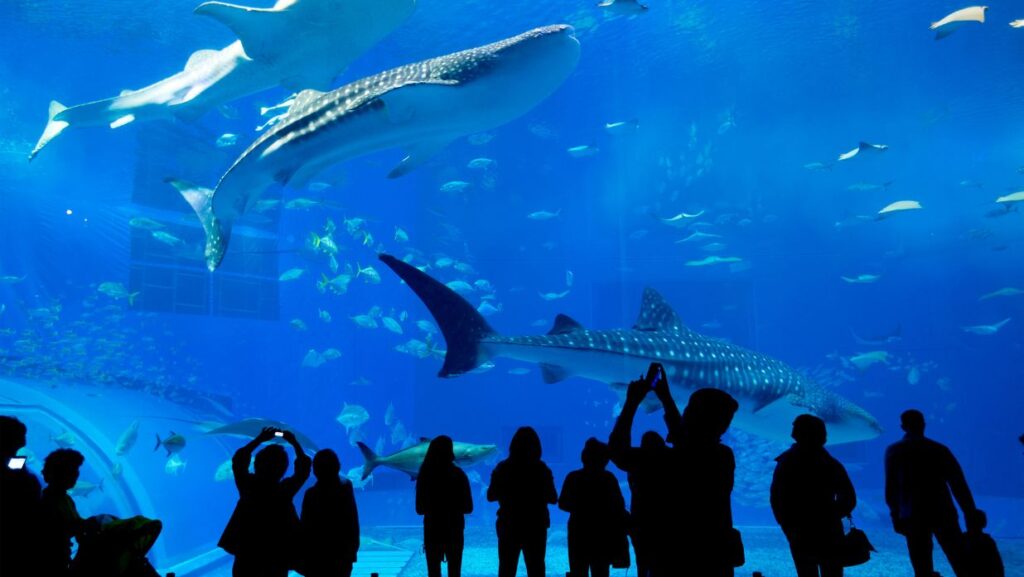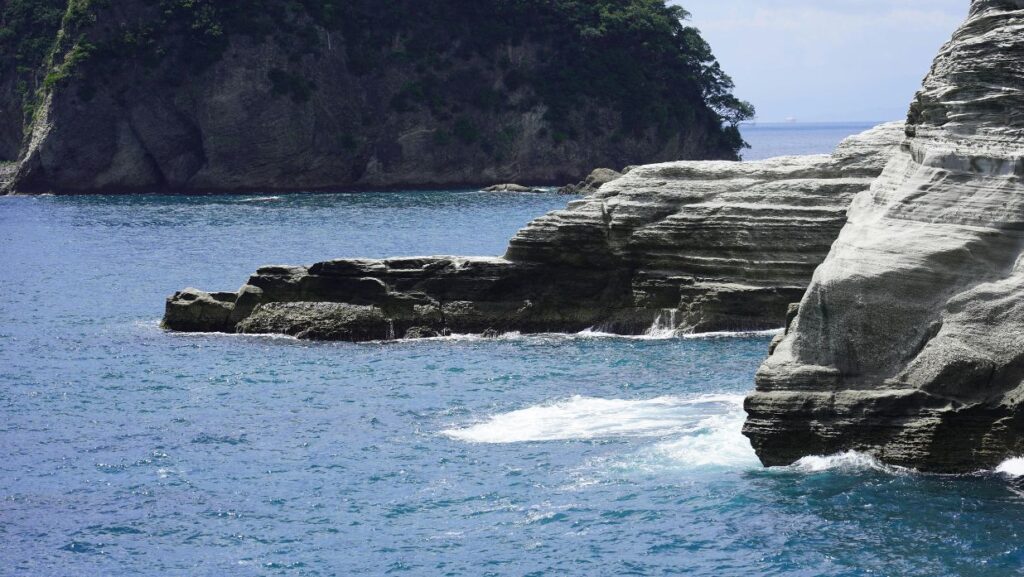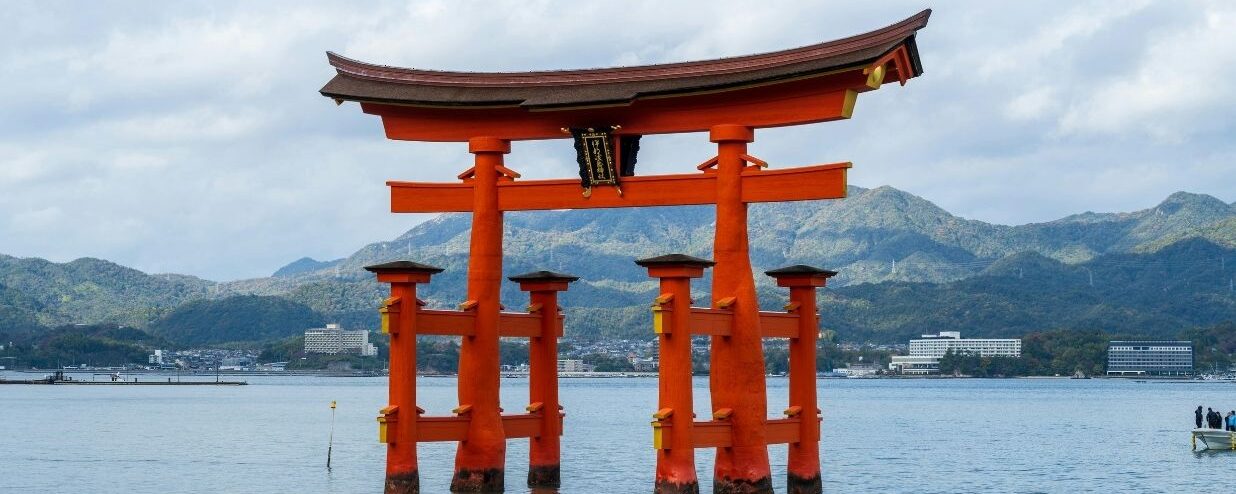Marine Day, otherwise known as Umi no Hi (海の日), is a national holiday in Japan that takes place on the third Monday of July. It’s a day dedicated to appreciating the ocean, its blessings, and Japan’s long history as a maritime nation.
Also known as Sea Day or Ocean Day in English, Marine Day was first observed in 1996, making it one of Japan’s newer holidays in comparison to most of Japan’s national holidays. This was the year the day, once known as Marine Memorial Day, became a national holiday. Since 2003, it’s officially celebrated on the third Monday of every July. Despite its youth, it has quickly become a summertime highlight, giving Japanese people a chance to connect with the sea through leisure, culture, and gratitude.
There is no shortage of ways that you can pay homage to all of the world’s oceans, from the Atlantic to the Pacific. Read on to learn more about the history of this holiday and how you can get involved.
When is Marine Day (Umi no Hi) in Japan?
Marine Day is celebrated on the third Monday of July each year, as part of Japan’s Happy Monday System, which ensures a long weekend. In 2023, Marine Day fell on July 17, while in 2024 it will be celebrated on July 15. This timing aligns with midsummer in Japan, making it the perfect opportunity to enjoy beaches, fireworks, and festivals.
History and Origin of Marine Day in Japan

The roots of Marine Day stretch back to July 20, 1876, when the Meiji Emperor returned to the Port of Yokohama safely after a sea voyage across Tohoku and Hokkaido. Over 60 years later, the expedition was commemorated by naming July 20 ‘Marine Memorial Day. However, it was only in 1995 that the Japanese government proposed this to become a national holiday in the summer months dedicated to the sea, and its name was aptly changed to its current title.
The Happy Monday System legislation — a Japanese law that moved a number of public holidays in Japan to Mondays — moved Marine Day to the third Monday of July in 2003. This allows Japan to appreciate the oceans over a three-day weekend.
Although Marine Day is relatively new compared to more historic holidays in Japan, its value of appreciation is informed by Japan’s cultural ties to the seas and the environment.
Why is Gratitude for the Oceans Important in Japan?
Undeniably, water is vital for our survival. So it’s probably logical that we should all be grateful for our seas, lakes, and rivers. But why is Japan the only country in the world that has a public holiday dedicated to the blessing of the oceans?
Japan is an island nation made up of over 6,000 islands, so the ocean has always been central to daily life, culture, and survival. From seafood cuisine like sushi and sashimi to maritime trade and fishing, the ocean sustains Japan’s economy and traditions.
Japan’s Marine Day is rooted in Japan’s deep connection with loving the land and the oceans, which are important aspects of Shintoism. Shrines by the coast, such as Itsukushima Shrine in Hiroshima, highlight this spiritual bond. Marine Day complements other nature-centered holidays in Japan, like Greenery Day (May 4) and Mountain Day (August 11), reflecting the Japanese appreciation of nature in all forms.
Marine Day vs. World Oceans Day
While the United Nations recognizes World Oceans Day on June 8, Japan is unique as the only country that has established a public holiday to honor the ocean. Marine Day emphasizes not only global awareness of ocean conservation but also the deep cultural, economic, and spiritual ties between Japan and the sea.
Marine Day is a dedicated public holiday where workers are guaranteed a day off.
How is Marine Day (Umi no Hi) in Japan Celebrated?

Unlike other holidays, Marine Day is a relatively new celebration in Japan, so there’s no real ‘correct’ way to celebrate it — at least traditionally. That said, there are some popular ways to celebrate the day of the sea in an unspoken agreement. Befitting the name, we celebrate it by doing water-related activities.
1. Take a trip to the beach
Because Marine Day falls in the middle of summer, people use this opportunity to take a trip to the beach. Because it’s a long weekend, day trips are popular options. People will snorkel, surf, and dive with their friends and family. People often head to Kamakura, Enoshima, and Chiba for swimming, surfing, and barbecues.
2. Mud-ball throwing
Another way to spend time at the sea is ‘mud-ball throwing’, which has become quite popular over the last few years. If you don’t mind getting your hands dirty, you can literally give something back to the oceans by throwing dried mud-balls filled with ‘Effective Micro-organisms” (EMs) into the water. These balls help to break down and eliminate sea grime.
3. Aquarium visits
Or for something slightly more refined and safer than taking your kids in the wild, many aquariums, including Tokyo Sea Life Park, Sumida Aquarium, and Sunshine Aquarium, host special events or exhibits.
4. Festivals and parades
Maritime parades and cultural events are held in port cities such as Yokohama and Kobe. Since it’s the peak of summer, you can catch certain summer festivals during the maritime weekend. Smaller towns, especially port cities, sometimes hold parades with decorated boats, live performances, and food stalls to celebrate Marine Day. To know more about festivals in Japan, read our matsuri guide!
During this time, Japan’s Maritime Self-Defense Force also dresses their ships with flags and banners to mark the occasion.
Where to Celebrate Marine Day in Tokyo and Nearby

Odaiba Marine Park
Odaiba is one of the best places to experience Marine Day in the capital. Each year, the Marine Day Lantern Festival transforms the waterfront into a magical scene. More than 50,000 lanterns are arranged by volunteers across the sand and around the waterfront, creating glowing patterns that light up against the backdrop of the Rainbow Bridge.
The event is family-friendly and typically includes food stalls, live performances, and photo opportunities. Arrive before sunset to watch the lanterns gradually illuminate the evening sky. It’s one of Tokyo’s most photogenic Marine Day events.
Yokohama Port
Yokohama holds a special place in Marine Day’s history, as it was the port where Emperor Meiji returned from his voyage in 1876. Today, Yokohama celebrates with fireworks, parades, and maritime-themed festivals. The Yokohama Sparkling Twilight Festival usually features performances, food booths, and a spectacular fireworks display over the bay.
Even in years when fireworks are canceled, the port area often hosts smaller cultural events, boat parades, and family activities that celebrate Yokohama’s maritime heritage.
Beach in Tokyo
Marine Day falls in the middle of summer, so a trip to the beach is one of the most popular ways to spend the holiday. Some options around Tokyo include:
- Enoshima Beach (Shonan Coast): About 1 hour from Tokyo, famous for surfing and beachside cafes.
- Kamakura Beach: A historic town with shrines and temples combined with sandy beaches, ideal for mixing traditional culture experiences and relaxation.
- Odaiba Beach: A smaller urban beach with views of Tokyo Bay and the Rainbow Bridge. While swimming is limited, it’s perfect for a seaside stroll or picnic.
- Chiba Beaches (Kujukuri & Onjuku): Wide sandy stretches popular for families, swimming, and summer festivals.
Traveling to these beaches is easy by train from Tokyo Station, and many spots host bon-odori dances, fireworks, and food stalls during Marine Day weekend.
Aquariums in Tokyo
Tokyo has several aquariums that plan special Marine Day events:
- Tokyo Sea Life Park: Known for its giant tuna tank and educational programs.
- Sumida Aquarium (Tokyo Skytree): Hosts themed exhibits, interactive shows, and workshops for kids.
- Sunshine Aquarium (Ikebukuro): Features rooftop exhibits and unique sea animal shows.
These aquariums often run limited-time Marine Day programs, from touch pools to conservation-themed exhibits, making them a great choice for families with children.
If you prefer to avoid crowds, a stroll along the Sumida, Kanda-gawa, or Arakawa River may work better for you.
Join Local Community Events
Many neighborhoods and coastal communities across Japan hold grassroots Marine Day activities that welcome visitors as well as locals. These often include:
- Volunteer groups gather at popular beaches like Enoshima and Kamakura to collect trash and keep the coastline beautiful. Participation is free! Just bring gloves and a bag, or join groups already handing out supplies.
- Cultural activities: Local community centers or shrines may host calligraphy, traditional dance, or storytelling events themed around the sea.
To find these activities, check city websites, local tourism boards, or community centers a week or two before Marine Day. Many events are advertised in both Japanese and English, and joining in is a great way to celebrate with locals and give back to the environment.
Tips for Enjoying Marine Day
Since Marine Day is a national holiday, it is likely that many places you want to visit will be busy, especially key areas like Yokohama Port. So, in order to make the most out of the Marine Day, here are some of our top tips:
1. Plan ahead
Beaches and aquariums can get crowded, so arrive early and make reservations for transportation, restaurants, or accommodation if needed. We also recommend bringing beach mats and towels since they are not always provided for free.
2. Stay safe
July is hot and humid, so bring sunscreen, hats, and plenty of water. There is some risk of heat stroke in Japan, so it’s very important to stay hydrated. For more tips on staying cool during summer, read our guide: How to stay cool in Summer in Japan.
3. Learn key vocabulary
Learning some key Japanese expressions will both enhance and smooth your experience navigating different areas in Japan. Here are some key terms:
| Japanese | Romaji | English |
|---|---|---|
| 海 | umi | sea |
| 波 | nami | wave |
| 潮 | shio | tide |
| 水 | mizu | water |
| 水分補給 | suibun hokyuu | hydrating |
| かさ | kasa | umbrella |
4. Join local events
Look for community beach cleanups or maritime festivals for a hands-on way to celebrate.
Conclusion
Marine Day is more than just a long weekend in July; it’s a reminder of Japan’s enduring relationship with the ocean. Whether you’re enjoying fireworks in Yokohama, lanterns in Odaiba, or simply a swim at the beach, the holiday encourages everyone to pause and appreciate the sea’s importance.
By blending summer fun with cultural appreciation, Marine Day stands out as one of Japan’s most meaningful modern holidays and a unique celebration of the waters that surround and sustain the nation.
Afraid to ask for directions to get to the beach? Increase your confidence in speaking Japanese for daily life in Japan with Coto Academy! We offer both daily intensive courses as well as part-time classes. We guarantee there is a class tailored to you!
Why join Coto Academy?
- Over 60+ different Japanese classes over 18 levels
- Small classroom of only up to 8 students for personalized support
- Professional, native Japanese teachers
- Ready to get started? Fill out the form below to contact us!
FAQ
How do Japanese celebrate Marine Day?
Marine Day is a relatively new celebration in Japan, so there’s no real ‘correct’ way to celebrate it, but most people celebrate it by doing water-related events and activities: going to the beach, visiting the aquarium, snorkeling, surfing or diving.
What is Marine Day in Japan?
Marine Day (Umi no Hi) is a public holiday celebrated on the third Monday of July to give thanks to the ocean and its blessings.
How did Marine Day start?
It began as Marine Memorial Day in 1941 to commemorate Emperor Meiji’s safe voyage. It became a national holiday in 1996.
How do Japanese people celebrate Marine Day?
Popular celebrations include beach trips, aquarium visits, lantern festivals, fireworks, and environmental activities like beach cleanups.
Is Marine Day unique to Japan?
Yes. While other countries observe World Oceans Day, Japan is the only country with a public holiday dedicated to the sea.
Check out our other guides:
